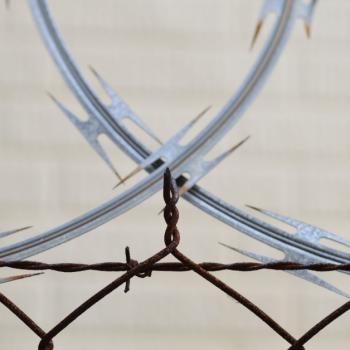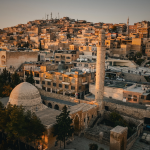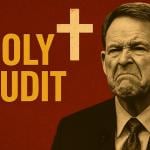A Brief History of the Temple
The first temple was erected by King Solomon (961 to 922 BC). Solomon’s Temple would become a central part of religious and ethnic identity in Palestine. This would remain true until around 586 BC when the Babylonians destroyed the 400 year old structure under King Nebuchadnezzar II. Later, when some of the Jews were released from exile, a new temple was built and was completed in 516 BC. In about 20 BC, King Herod began to remodel and rebuild the Temple, as to reclaim some of its former glory. The major work on the building itself were completed within about 18 months, although exterior renovations continued until its final destruction in AD 70.[3]
The Final Sacrifice
In 63 BC, the Romans invaded Judea and added the surrounding area to their empire.[4] Two main sects of Judaism formed during the years that followed as a result of the rule of their new overlords: Pharisees and Sadducees. The Sadducees emerged as an aristocracy chose to make the best out of the present life, whereas the Pharisees believed in resurrection and of a life in the world to come. Therefore, the Pharisees held to a strict adherence to the Mosaic Law, resisting Greco-Roman culture in order to preserve the traditions of God. This created much friction between the Pharisaic Jews and the Roman government. The Jews considered themselves as an oppressed people group.[5] This resistance would eventually become a sect of rebels known as Zealots, who would revolt against the Romans with hopes of vindicating national Israel.[6]
Ancient historian, Flavius Josephus provided a thorough account of the events leading up to the Jewish war and the eventual destruction of the Temple and city. The Zealots mobilized and killed a Roman garrison. This led Emperor Nero to commission Vespasian and his son Titus, to end the uprising that had taken place with the rebels. This would not be an easy task. From 66 until 70 AD, war would ensue. For four years, the city of Jerusalem and the surrounding area, was plagued by a war that the Zealots considered to be religious in nature.
The final siege on Jerusalem would last about 5 months.[7] With the Zealots busy fighting amongst themselves, rather than coming up with solid leadership and a plan to properly deal with invading Roman forces, they were powerless when the siege finally came. The commander of the Romans, Titus, surrounded the city with three legions on the western side, and one other on the Mount of Olives in the east. A series of negotiations with Flavius Josephus and the Jewish Zealots would not bring about a compromise. In fact, one of these incidents ended with Josephus having been wounded and Titus’ near capture. After several failed attempts to breach the walls of the fortress, the Romans launched a secret attack that surprised the guards at night. They then penetrated the walls and fought for the city. Jerusalem was completely under Roman control by September 7, 70 AD. Not only were the Romans successful, but they laid the city bare; destroying both the city and its Temple.[8] With this event, Temple worship ceased and most of the Jews were displaced.[9]
_________________________________
[1]Gundry, Robert H., A Survey of the New Testament, 4th ed. (Grand Rapids: Zondervan, 2003), 15.
[2]Manschreck, Clyde L., A History of Christianity in the World, 2d ed. (Upper Saddle River, New Jersey: Hall, Prentice, 1974), 17.
[3]“Temple (sanctuary, Jerusalem),” Microsoft® Encarta® Online Encyclopedia 2007_, http://encarta.msn.com © 1997-2007 Microsoft Corporation. All Rights Reserved.
[4]N.T. Wright, The New Testament and the People of God (Minneapolis: Fortress Press, 1992), 193.
[5]“Jews,” Microsoft® Encarta® Online Encyclopedia 2007,, http://encarta.msn.com © 1997-2007 Microsoft Corporation. All Rights Reserved.
[6]Wright, The New Testament and the People of God, 193.
[7]Manschreck, Clyde L., A History of Christianity in the World, 17.
[8]Nigel Cawthorne, History’s Greatest Battles: Masterstrokes of War (n.p.: Arcturus, 2005), 31-37.
[9]Gundry, Robert H., A Survey of the New Testament, 15.











